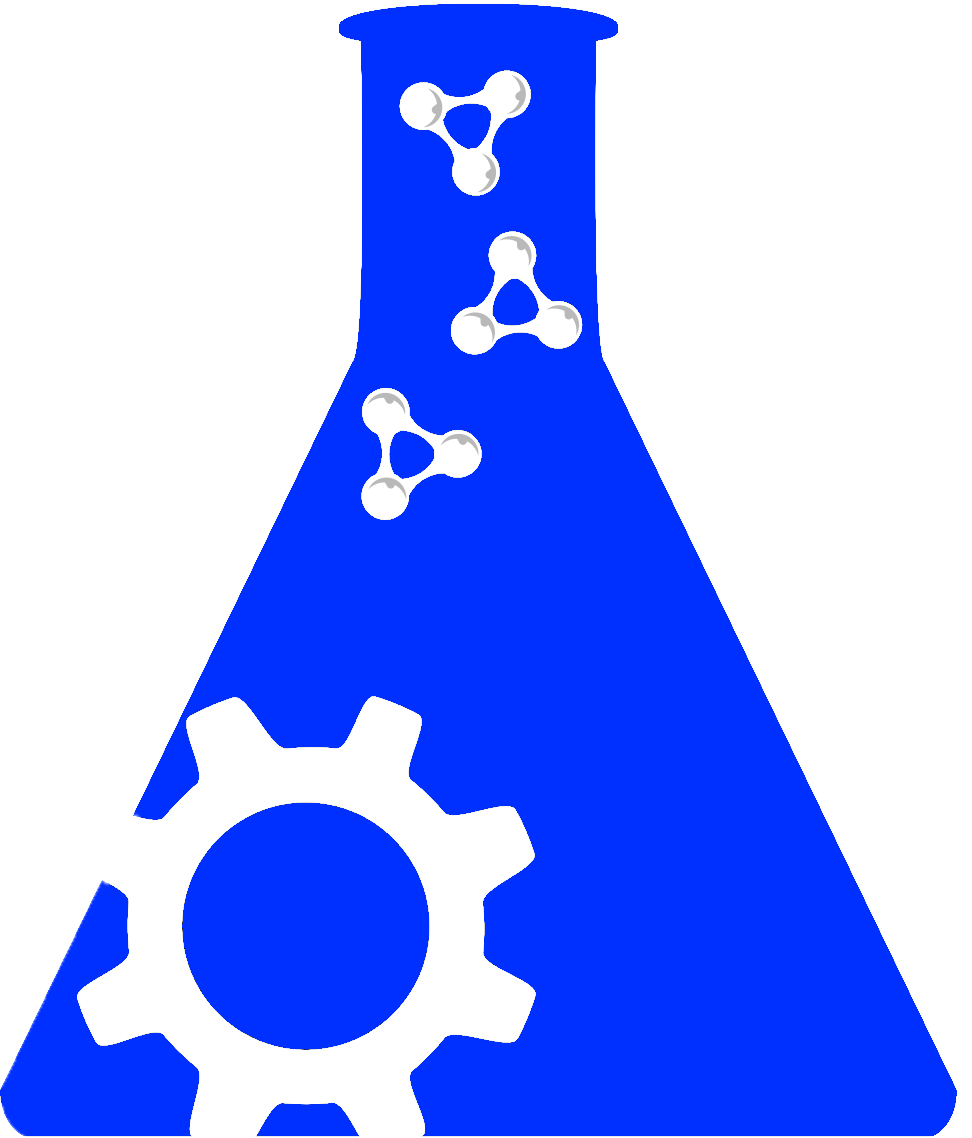Dataset for Limb disuse, synaptic maladaptation, and recovery impairments in female rats with T9 contusion SCI
DOI:10.34945/F52P4M
DATASET CITATION
Morioka K., Tazoe T., Huie J., Hayakawa K., Okazaki R., Guandique C., Almeida C., Haefeli J., Hamanoue M., Endoh T., Tanaka S., Bresnahan J., Beattie M., Ogata T., Ferguson A. (2022) Dataset for Limb disuse, synaptic maladaptation, and recovery impairments in female rats with T9 contusion SCI. ODC-SCI:612 http://doi.org/10.34945/F52P4M
ABSTRACT
STUDY PURPOSE: Use-dependent plasticity after spinal cord injury improves neuromotor functions, yet the optimal timing for initiating rehabilitation remains controversial. Little work has explicitly identified the burden of early inactivity: the biological impact of acute disuse and concomitant bedrest on long-term recovery after spinal cord injury. To test the impact of inactivity, we developed a rodent model of acute phase hindlimb-unloading in contusive thoracic spinal cord injury.
DATA COLLECTED: Subjects (n=156 Female Sprague-Dawley rats) received SCI at vertebral T9 or sham SCI followed by transient hindlimb-unloading (either EARLY HU: 2 weeks of hindlimb-unloading at 3-17 days post-injury, then hindlimb-reloading until 8 weeks post-injury, DELAYED HU: 2 weeks of hindlimb-unloading at 45 days post-injury, then until 11 weeks post-injury; Just after HU: animals that were sacrificed immediately following early HU; or control). Measures of recovery included locomotor recovery (Basso Beattie Bresnahan Locomotor Scale), physiology (H reflex), kinematics quantitative biochemistry, and confocal microscopy. Unsupervised machine learning tools were also used to derive multivariate effects of hindlimb unloading.
CONCLUSIONS:
KEYWORDS
spinal cord injury; limb disuse; limb unloading; hindlimb unloading; neuroplasticity; AMPA receptor; motor neuron; spasticity; hyper-reflexia; afferent input; rehabilitation
PROVENANCE / ORIGINATING PUBLICATIONS
RELEVANT LINKS
NOTES
|
|
DATASET INFO
Contact: Ferguson Adam (Adam.Ferguson@ucsf.edu)
Lab: Ferguson Lab
ODC-SCI Accession:612
Records in Dataset: 156
Fields per Record: 172
Last updated: 2025-02-13
Date published: 2025-02-13
Downloads: 18
Files: 2
LICENSE
Creative Commons Attribution License (CC-BY 4.0)
FUNDING AND ACKNOWLEDGEMENTS
National Institutes of Health grants NS067092; NS069537; NS088475 (ARF) and AR066262 (JCL, ARF, KM), Wings for Life Spinal Cord Research Foundation WFLUS008/12 (ARF); WFLUS006/14 (ARF); WFLUS013/13 (KM), Craig H. Neilsen Foundation 224308 (ARF); 313739 (JH), NASA Human Research Program NNX14AP25G (ARH, ARF), Mitsui Sumitomo Insurance Welfare Foundation (KM), Japan Society for the Promotion of Science KAKENHI Grant 21800092, 23700659 (KM); 23300204 (TO)
CONTRIBUTORS
- Morioka, Kazuhito [ORCID:0000-0001-5407-8178]
- 1. Weill Institute for Neurosciences, Brain and Spinal Injury Center (BASIC), Department of Neurological Surgery, University of California, San Francisco
- Tazoe, Toshiki
- 2. Department of Rehabilitation for the Movement Functions, Research Institute, National Rehabilitation Center for Persons with Disabilities
- Huie, J. Russell [ORCID:0000-0001-5594-4277]
- 1. Weill Institute for Neurosciences, Brain and Spinal Injury Center (BASIC), Department of Neurological Surgery, University of California, San Francisco
- Hayakawa, Kentaro
- 2. Department of Rehabilitation for the Movement Functions, Research Institute, National Rehabilitation Center for Persons with Disabilities
- Okazaki, Rentaro
- 2. Department of Rehabilitation for the Movement Functions, Research Institute, National Rehabilitation Center for Persons with Disabilities
- Guandique, Cristian
- 1. Weill Institute for Neurosciences, Brain and Spinal Injury Center (BASIC), Department of Neurological Surgery, University of California, San Francisco
- Almeida, Carlos
- 1. Weill Institute for Neurosciences, Brain and Spinal Injury Center (BASIC), Department of Neurological Surgery, University of California, San Francisco
- Haefeli, Jenny
- 1. Weill Institute for Neurosciences, Brain and Spinal Injury Center (BASIC), Department of Neurological Surgery, University of California, San Francisco
- Hamanoue, Makoto [ORCID:0000-0003-4054-1875]
- 6. Department of Physiology, Toho University School of Medicine
- Endoh, Takashi
- 2. Department of Rehabilitation for the Movement Functions, Research Institute, National Rehabilitation Center for Persons with Disabilities
- Tanaka, Sakae [ORCID:0000-0001-9210-9414]
- 5. Department of Sensory and Motor System Medicine, Faculty of Medicine, The University of Tokyo
- Bresnahan, Jacqueline [ORCID:0000-0003-2243-7054]
- 1. Weill Institute for Neurosciences, Brain and Spinal Injury Center (BASIC), Department of Neurological Surgery, University of California, San Francisco
- Beattie, Michael [ORCID:0000-0001-9463-3631]
- 1. Weill Institute for Neurosciences, Brain and Spinal Injury Center (BASIC), Department of Neurological Surgery, University of California, San Francisco
- Ogata, Toru
- 2. Department of Rehabilitation for the Movement Functions, Research Institute, National Rehabilitation Center for Persons with Disabilities
- Ferguson, Adam [ORCID:0000-0001-7102-1608]
- 1. Weill Institute for Neurosciences, Brain and Spinal Injury Center (BASIC), Department of Neurological Surgery, University of California, San Francisco
|




